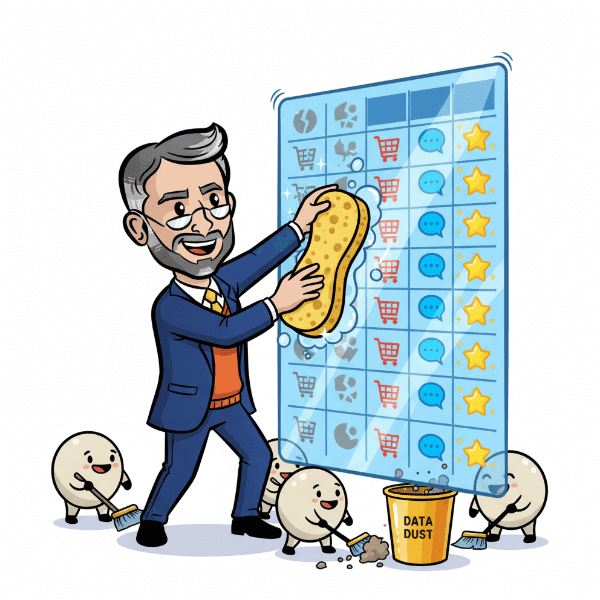Definition: Demand curve analysis is the process of evaluating how changes in price impact consumer demand for a product or service. It involves plotting a graph—known as the demand curve—that shows the relationship between price (vertical axis) and quantity demanded (horizontal axis). The goal is to understand pricing sensitivity and identify the optimal price point that maximizes revenue or market share.
By analyzing the shape and slope of the demand curve, businesses can make smarter decisions about pricing, bundling, promotions, and revenue forecasting.
Use It In a Sentence: We conducted demand curve analysis before launching our new product to determine the price elasticity and ideal entry point.

Why Demand Curve Analysis Matters
Understanding how customers respond to price changes is essential to profitability. Without demand curve analysis, businesses risk overpricing (and losing volume) or underpricing (and leaving revenue on the table).
Key benefits include:
- Optimizing pricing strategy for maximum revenue
- Understanding price elasticity—how sensitive your customers are to price changes
- Improving product launch success by predicting adoption curves
- Informing bundling, discounting, and upsell strategies
- Backing pricing decisions with data, not assumptions
What a Demand Curve Looks Like
A typical demand curve slopes downward—as price decreases, demand increases. But the steepness of the slope reveals critical insights:
| Curve Type | Interpretation |
|---|---|
| Steep Curve | Inelastic demand — customers are less price-sensitive |
| Flat Curve | Elastic demand — small price changes = big demand shifts |
| Kinked Curve | Demand behaves differently at different price tiers |
How to Perform Demand Curve Analysis
- Collect Price & Sales Data
Analyze historical sales at different price points or run pricing experiments (A/B tests, surveys). - Plot the Curve
Map price on the Y-axis and quantity demanded on the X-axis. - Measure Elasticity
Use the price elasticity of demand (PED) formula: PED=%change in quantity demanded%change in price\text{PED} = \frac{\% \text{change in quantity demanded}}{\% \text{change in price}}PED=%change in price%change in quantity demanded Elastic if PED > 1
Inelastic if PED < 1 - Identify Revenue Maxima
Multiply price × quantity at each point to find the price that generates the most revenue. - Validate and Iterate
Use market tests, competitive benchmarks, or conjoint analysis to refine insights.
Demand Curve Analysis in SaaS, eCommerce & B2B
| Industry | Application |
|---|---|
| SaaS | Test monthly vs. annual pricing tiers to maximize subscriptions |
| eCommerce | Find ideal pricing for fast-moving or high-margin products |
| B2B Services | Use survey data or proposal testing to map client sensitivity |
| Hospitality | Adjust prices seasonally or dynamically to match demand |
| Digital Products | Offer limited-time pricing and upsells to drive urgency |
Common Mistakes to Avoid
- Assuming demand is linear – It rarely is. Use real data.
- Ignoring context – Competitor moves, trends, or brand perception affect demand too.
- Over-discounting – A lower price doesn’t always mean more sales if perceived value drops.
- One-size-fits-all pricing – Different customer segments may have different demand curves.
Demand Curve Analysis vs. Cost-Plus Pricing
| Strategy | Demand Curve Analysis | Cost-Plus Pricing |
|---|---|---|
| Based On | Customer willingness to pay | Internal costs + markup |
| Market Responsive? | Yes | No |
| Maximizes | Revenue and/or profit | Margin consistency |
| Ideal For | Competitive or value-based markets | Commoditized products |
Final Thoughts: Price With Precision
Demand curve analysis transforms pricing from guesswork into a data-backed growth lever. Whether you’re launching a new product, updating pricing tiers, or running promos—understanding how your customers react to price helps you sell more, profit smarter, and scale sustainably.
Don’t price in a vacuum. Let the curve guide you.
More Definitions & Related Blogs
Explore more demand strategy and market analysis concepts from the Sales Funnel Professor:























